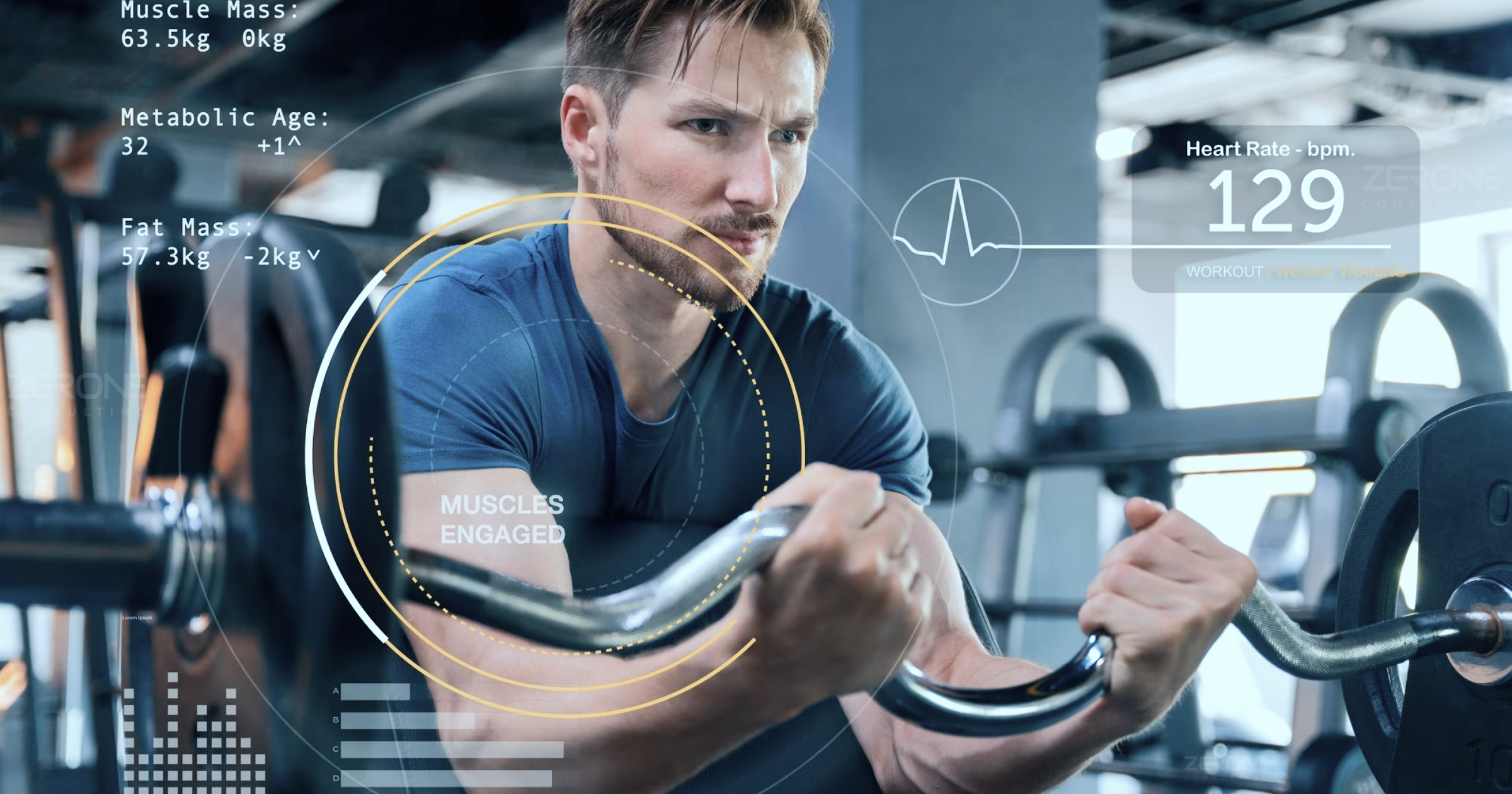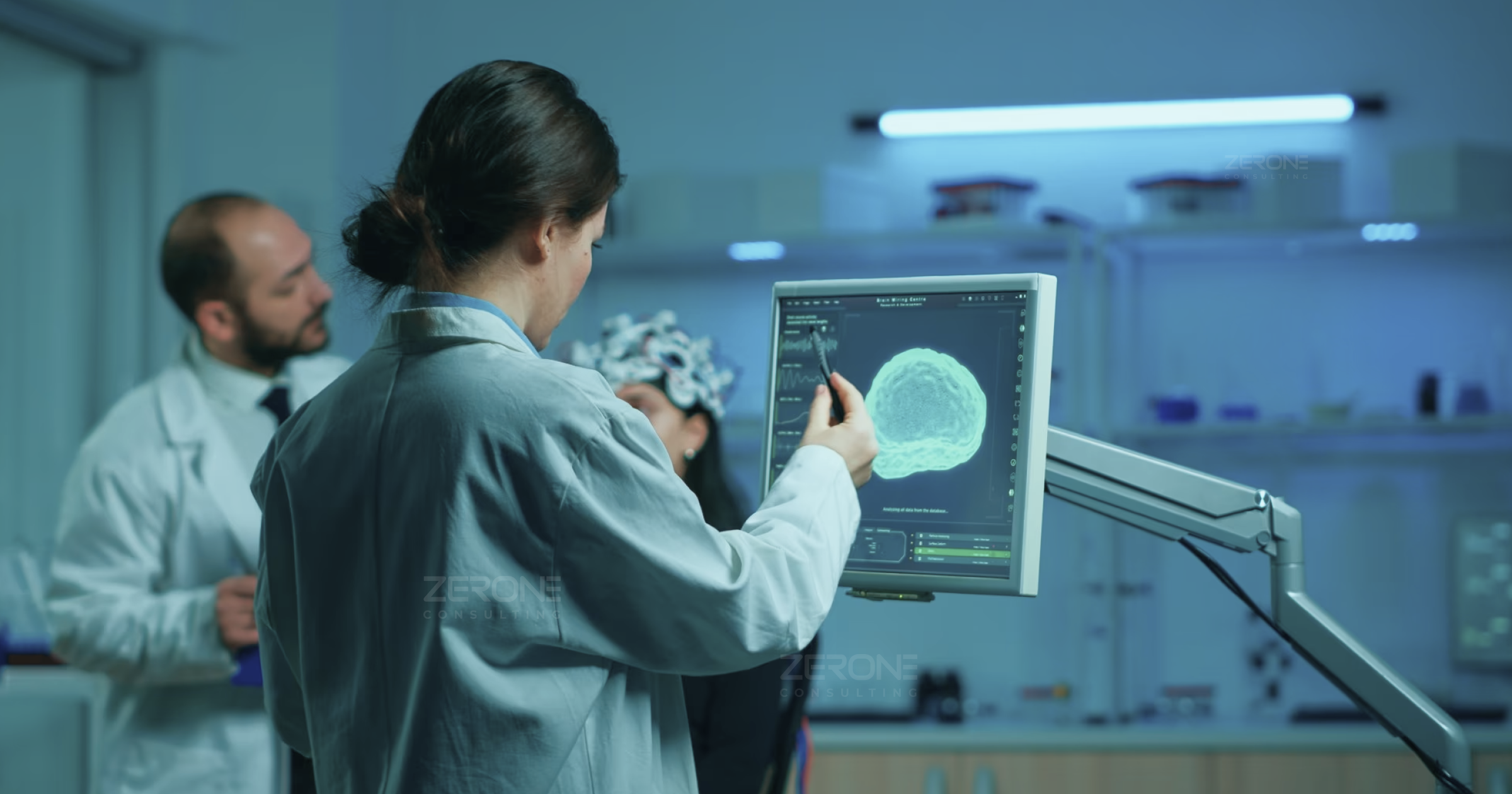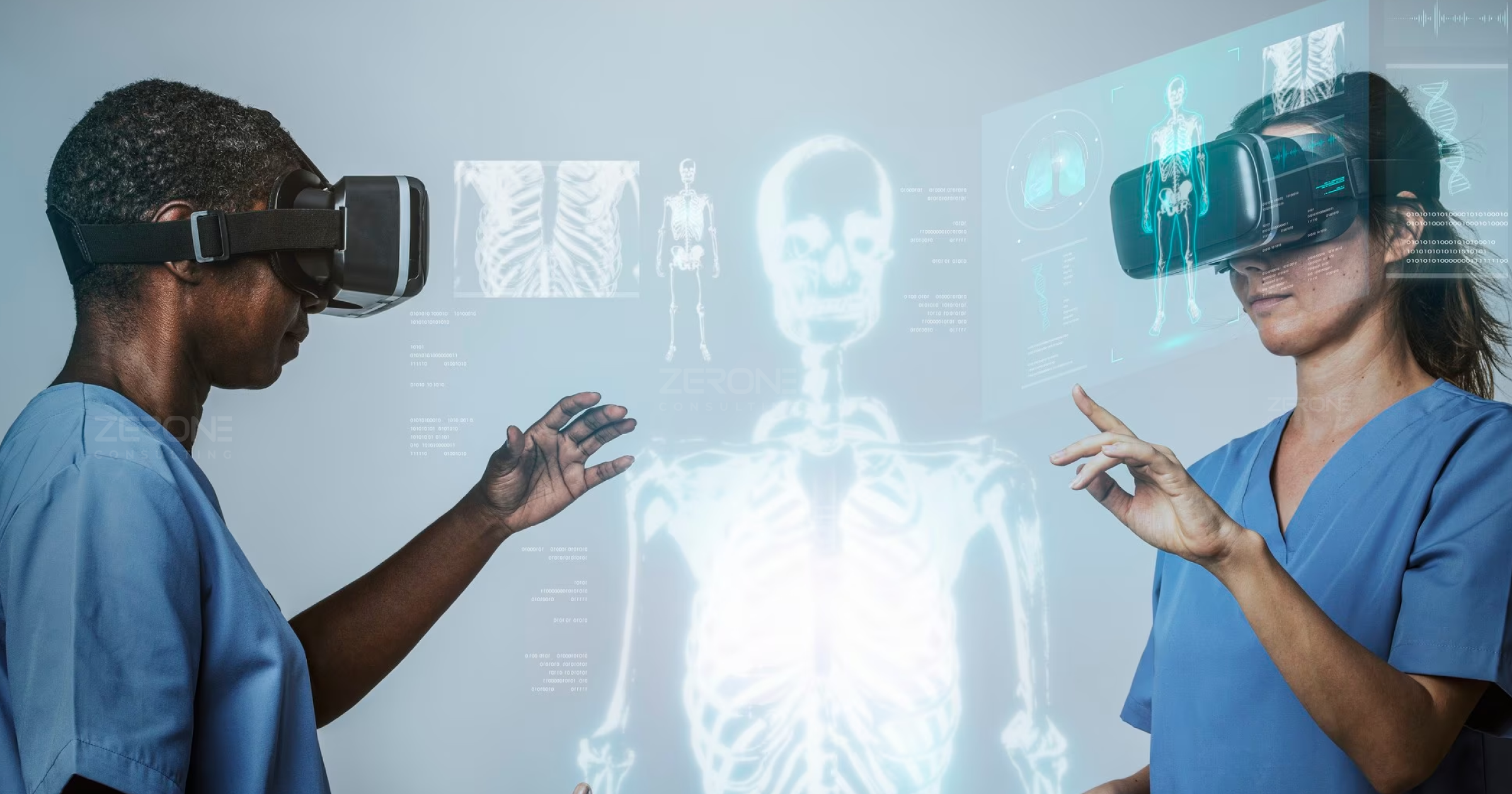How IoT is revolutionizing the Healthcare industry
The Internet of Things (IoT) has become the ultimate building block in the successful development of an organization across any sector. This is especially true in the healthcare industry, where constant innovations happen every day. It has been estimated that around 161 million IoT devices will be part of the healthcare industry by the end of this decade. IoT-enabled healthcare devices have the potential to yield critical diagnostic data that would help enable health care professionals to treat their patients better.
The incorporation of smart technology in healthcare has led to the rising popularity of the Internet of Medical Things (IoMT) in the last few years. IoMT is the combination of medical devices that can connect to health care institutions to provide critical insights that can be utilized for better patient care.
Here are a few IoT technologies that are revolutionizing the healthcare industry today:
Automated Insulin Delivery
Patients suffering from diabetes often find it challenging to remain within the recommended glycemic target at various points throughout the day. This brought about the invention of a closed-loop insulin delivery system called Open Artificial Pancreas System (OpenAPS). OpenAPS is designed to automatically detect the amount of glucose in the patient’s body to deliver the required dosage of insulin to the patient. It consists of an insulin pump and a glucose monitor, and an algorithm which enables effective communication between the two devices. Automated delivery of insulin to diabetic patients can help them remain relatively stress-free concerning night-time hypoglycemia, which can often be fatal. Various versions of this device can be customized for both hypoglycemic and hyperglycemic patients.
Cancer Treatment
Cancer is one of the leading causes of death worldwide. According to the World Health Organization, around 9.8 million deaths occur annually due to cancer. IoT-enabled devices can help detect early symptoms accurately and formulate treatment plans based on the severity of the ailment. Revolutionary wearable devices have also been invented for early detection of breast cancer. These devices have embedded sensors that track the temperature of the breast tissue over a few months using predictive analytics and machine learning (ML). The device should be worn just for a few hours each month to obtain precise results. Healthcare research professionals around the world are also looking to develop non-toxic treatments for cancer by developing ML solutions to mitigate the side effects.
Ingestible Sensors
Research companies have created pills with sensors embedded in them that can be consumed by the patient. These sensors transmit information to a battery-enabled monitor patch that is worn by the patient. As soon as the sensor is ingested, it sends data regarding the patient’s vitals to the monitor via Bluetooth to the patient’s or caregiver’s smartphone. Ingestible sensors are especially useful for critical elderly patients who often forget to take their medication on time or may consume an incorrect dosage. Some innovative disposable pills are also designed to have cameras that can capture high-speed images of the inside of a human body. These pills are connected to a device worn by the patient that collects these images and sends them to the healthcare professional for diagnoses.
Remote Patient Monitoring (RPM)
An IoT-based healthcare solution to monitor patients outside conventional hospital settings can significantly improve the quality of healthcare. This is particularly useful for geriatric patients or patients in locations where there is limited access to hospitals. RPM wearable solutions also offer cost-effective monitoring solutions for patients after a surgical procedure by capturing and transmitting medically accurate patient data to the doctor and facilitating faster medical interventions in cases of clinical abnormalities. This round-the-clock remote monitoring feature also tends to reduce hospital expenditure for the patient. It benefits healthcare institutions, too, by having lower readmission rates and more time for physicians to serve a higher number of patients.
These innovative technologies help healthcare professionals make better data-driven decisions for the patient. Since it is a field that has constant innovations, there may be technological obstacles and adaptation lags that need to be resolved. However, by the end of this decade, we can hope to see IoT healthcare being prevalent in every corner of the world. For a free consultation on IoT integration for your business write to contact@zerone-consulting.com
We can help!



